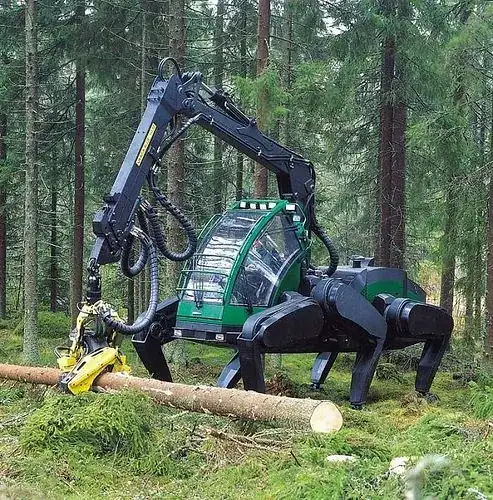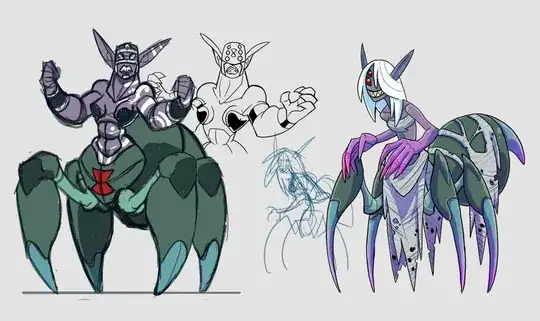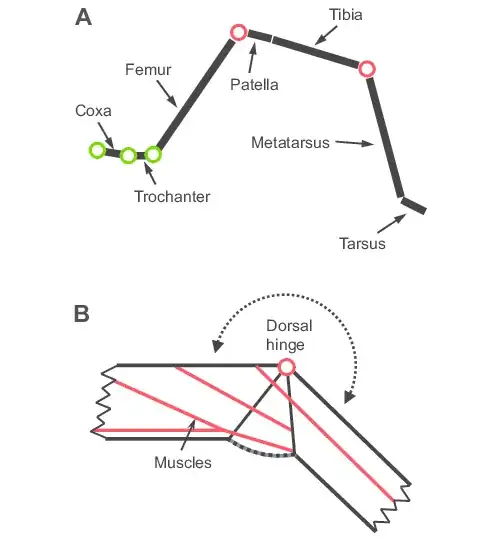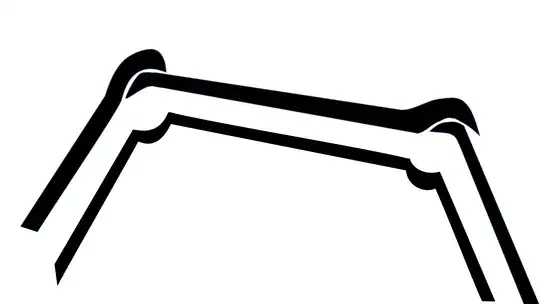"For big sizes and masses arthropod legs are a bad option" is what many people say, but nevertheless, this always looks cool and scary.
So based on the first solution for an Anatomically correct Arachne, we're going to assume a weight of 120 kg with 15 kg distributed for each leg (with variations), but even this solution the general consensus was that the biomechanics of the matter would not allow support that weight.
Add the fact of arthropod chitinous legs, because, yes, this probably can be solved using normal bones that just look like spider legs, but would be contradictory with the Arachne solutions.
Searching solutions for this, the best thing that I could found were these spider trucks:


Obviously, biomechanics are very different to technology mechanics (you can see those hydraulic pistons and motors), nevertheless, this gave me some hope to think that the design is viable.
Also, the most representations that can be found shows very long and thin legs, something that looks completely implausible and unrealistic

Are a few which shows shorter, stronger and thicker legs, like the showed by the first answer to the Arachne or this

So, maybe we will lose some of the height and for this some of the imposing posture as it rises, but if but the disturbing movements and form that terrify people so much remain enough will be enough.
What changes and implements should get the legs for resist the weight and walk?
How thick and short should be the legs for make physically viable?
Is the chitin enough for resist the weight?
Or it's completly impossible biological very segmented legs able to carry and move those sizes and masses?
Remember all the previous, some based on the arachne answer.
I thought were enough questions, other things like are very hard to think and more like magic, so is unnecessary

